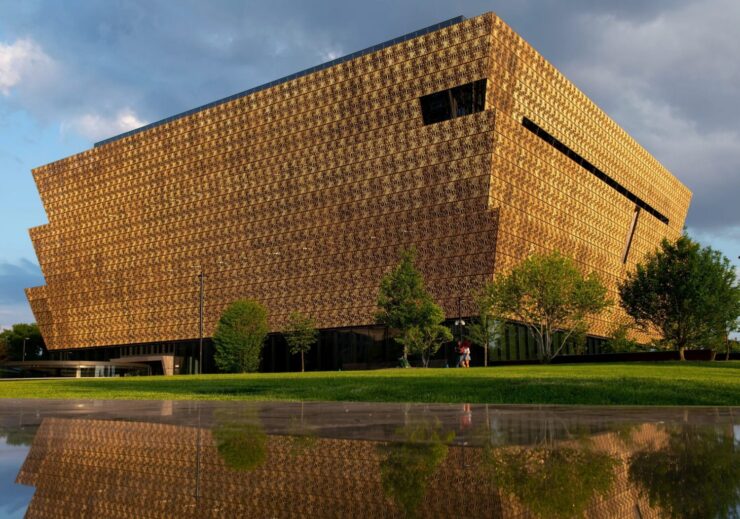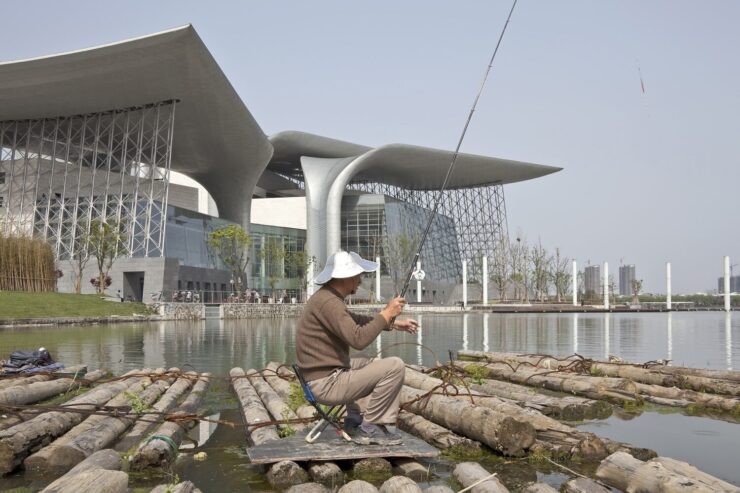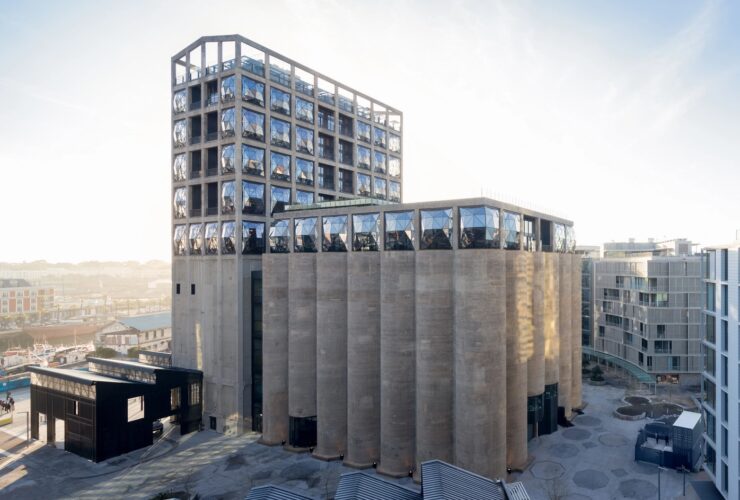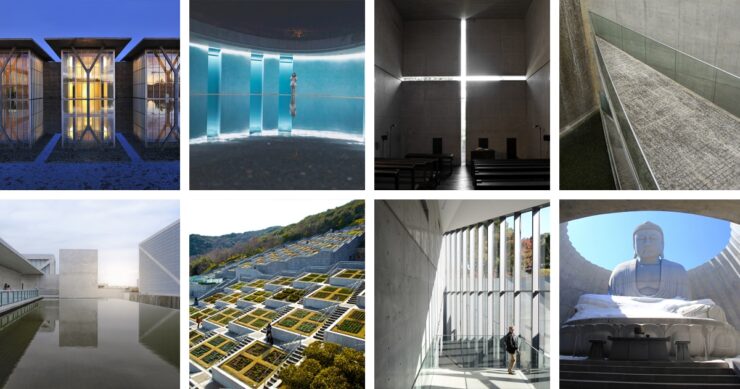Modern architectural design is a broad term, encompassing various trends, styles, and approaches in the field of architecture. Predominantly characterized by its simplicity, emphasis on functionality, use of innovative materials, and integration of technology, modern architectural design is seen as a response to the historical architectural styles and traditional methods. It’s about breaking away from the past yet accepting and incorporating elements that stand the test of time, in order to create spaces that resonate with the contemporary world.
Turning to cultural diversity, this concept is a significant part of today’s global society and it strongly manifests in the field of architecture. Cultural diversity in architecture refers to the influences that different cultural, social, and regional elements have on the design and structure of buildings and other structures. The profound impact of this diversity on modern architectural designs stimulates conversation around how these influences shape our built environment. Hence, studying this impact is not only important for acknowledging the multicultural world we live in but also for ensuring inclusive and sustainable architectural practices. Understanding these influences allow modern architects to design structures that reflect the diversity of communities they serve.
Cultural Diversity in Architecture

Cultural diversity in architecture refers to the infusion of design principles and construction methods drawn from different cultural or ethnographic backgrounds. It’s not simply a fusion or integration of styles, but rather an acknowledgement, understanding and respect for the value and significance of each culture’s architectural tradition. In keeping with this viewpoint, modern architects strive to incorporate these diverse cultural imprints into their designs. This approach recognizes and values the plurality of architectural narratives and histories that define cultural diversity.
This trend is convincingly showcased by landmark architectures around the world. For instance, Kengo Kuma’s work in Japan displays a remarkable blend of traditional Japanese design elements with contemporary aesthetics. Another example is the National Museum of African American History and Culture in Washington D.C, designed by David Adjaye, which draws inspiration from traditional Yoruban architecture. These examples show how architects leverage cultural heritage to create structures that carry local flavor yet bear global appeal. Furthermore, cultural identity and indigenous knowledge play important roles in shaping architecture by providing a foundation of traditional concepts, practices, and materials upon which innovative and sustainable designs can be built. This approach not only preserves cultural heritage but also enriches the architectural field by rendering each structure a token of cultural diversity.
Cultural Impact on Historic Architectural Design
Every civilization has left its stamp on history through unique architectural creations that reflect its cultural identity. Cultural diversity has been reflected in architectural designs through distinctive style, construction methods, and materials utilized. For instance, from the detailed carvings of Mayan temples to the imposing domes and arches of Islamic architecture to the minimalist aesthetics of Japanese design, the variety in architectural patterns mirrors the cultural diversity of numerous societies throughout history.
Drilling into specific case studies, we can analyze the detailed manifestation of culture in architecture. The design of Indian temples, the pyramids of Egypt, and China’s famous Forbidden City all reflect the unique culture, religious beliefs, and social structures of their respective civilizations. Similarly, the architectural progression in Europe from Romanesque to Gothic to Renaissance represents distinct cultural shifts over time. More recently, the influence of local culture can be seen in the blend of modern technology with traditional designs in Australian Aboriginal architecture and the use of sustainable, local materials in African design. Such examples bear testament to the remarkable way culture shapes architecture, contributing to a global collection of distinctive yet interconnected styles.
Benefits to Integrating Culture in Modern Architecture

There are several benefits to integrating different cultural influences into modern architecture. It brings richness and diversity to the design, reflecting the pluralistic society we live in. It also offers the opportunity to preserve and revive traditional architectural styles, fostering cultural continuity. However, it’s important to avoid misinterpretation or tokenism, ensuring the integrated cultural elements remain respectful and authentic.
Sustainability
Sustainability is another aspect where cultural diversity can enrich architecture. Indigenous and local knowledge can offer sustainable and eco-friendly solutions to architectural challenges. Meanwhile, education and public awareness are key in promoting diversity in architecture. By creating awareness about the value of cultural diversity in shaping our built environments, and educating future architects on the importance of embracing diversity in their designs, we can contribute towards a more inclusive and sustainable architectural field.
Cultural Diversity in Modern Architectural Designs

Globalization has led to a greater exchange of ideas, techniques, and inspirations across cultures, embedding cross-cultural elements into contemporary architecture. Globalization has facilitated architects to draw influences from diverse cultures, hence breaking geographical boundaries and incorporating a global perspective into their designs. This has resulted in a blend of styles, methods, and motifs from various cultures, creating diverse and inclusive spaces.
Modern Buildings
For instance, the W Barcelona Hotel in Spain, designed by Ricardo Bofill, reflects a harmonious blend of Catalan modernism with contemporary design. Another example is the Zeitz Museum of Contemporary Art Africa in South Africa, designed by Thomas Heatherwick. The design carefully repurposes a historic grain silo while preserving aspects of its original identity. These world-renowned buildings illustrate how architects are merging cultures to create remarkable structures, promoting cultural diversity in modern architectural designs.
Cultural diversity plays an increasingly significant role in shaping modern architectural designs. It not only allows for the preservation and expression of cultural identity but also promotes inclusivity and sustainability in current architectural practices. As we look towards the future, it’s important to continue exploring the dynamic relationship between cultural diversity and architecture, striving for designs that reflect and respect the rich diversity of our global heritage.

